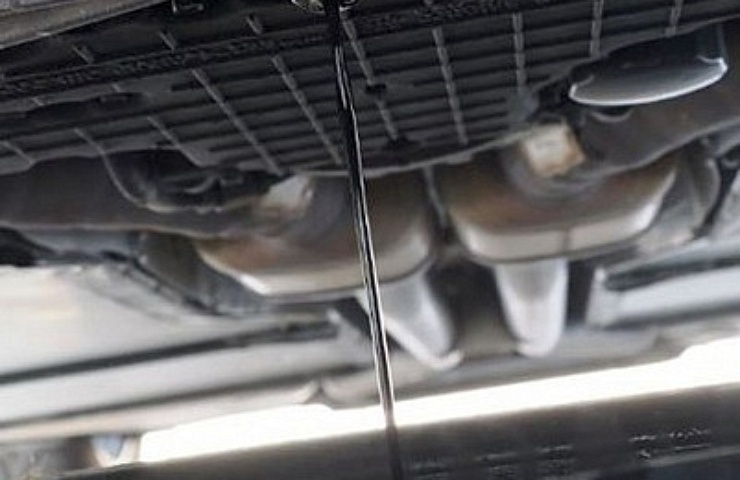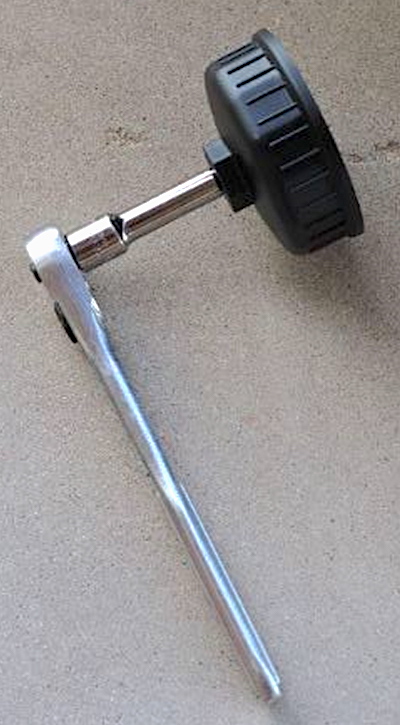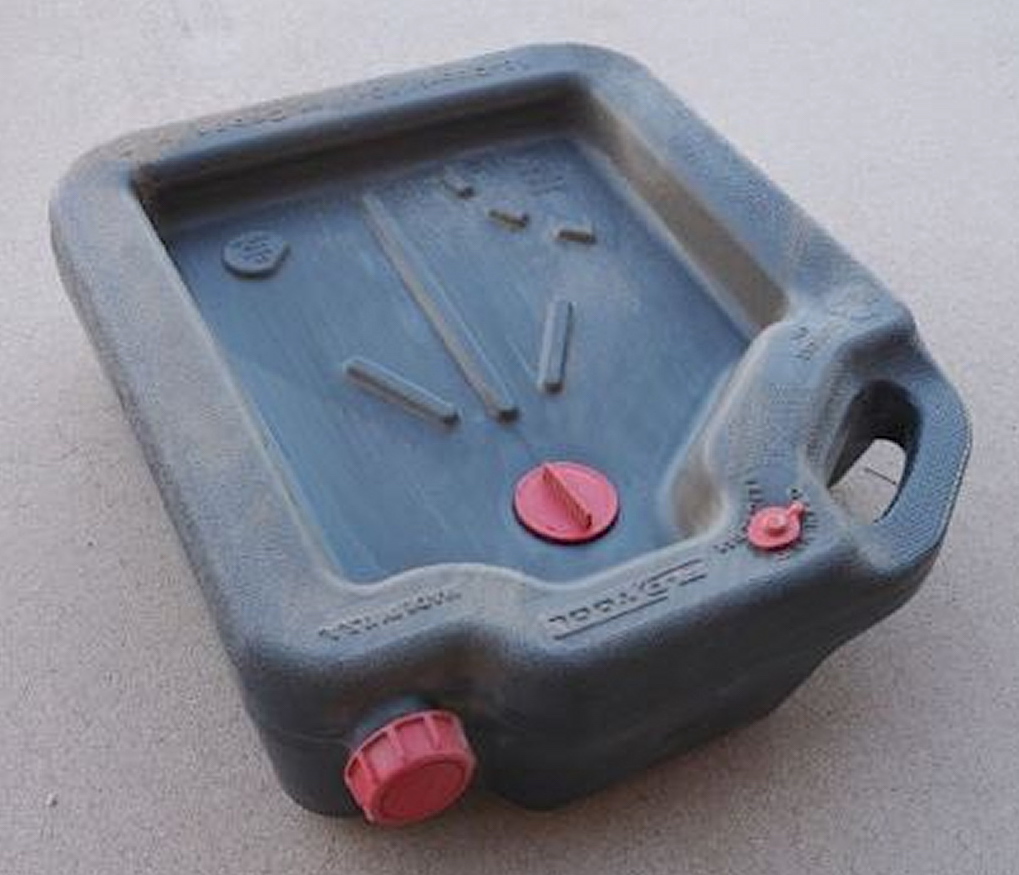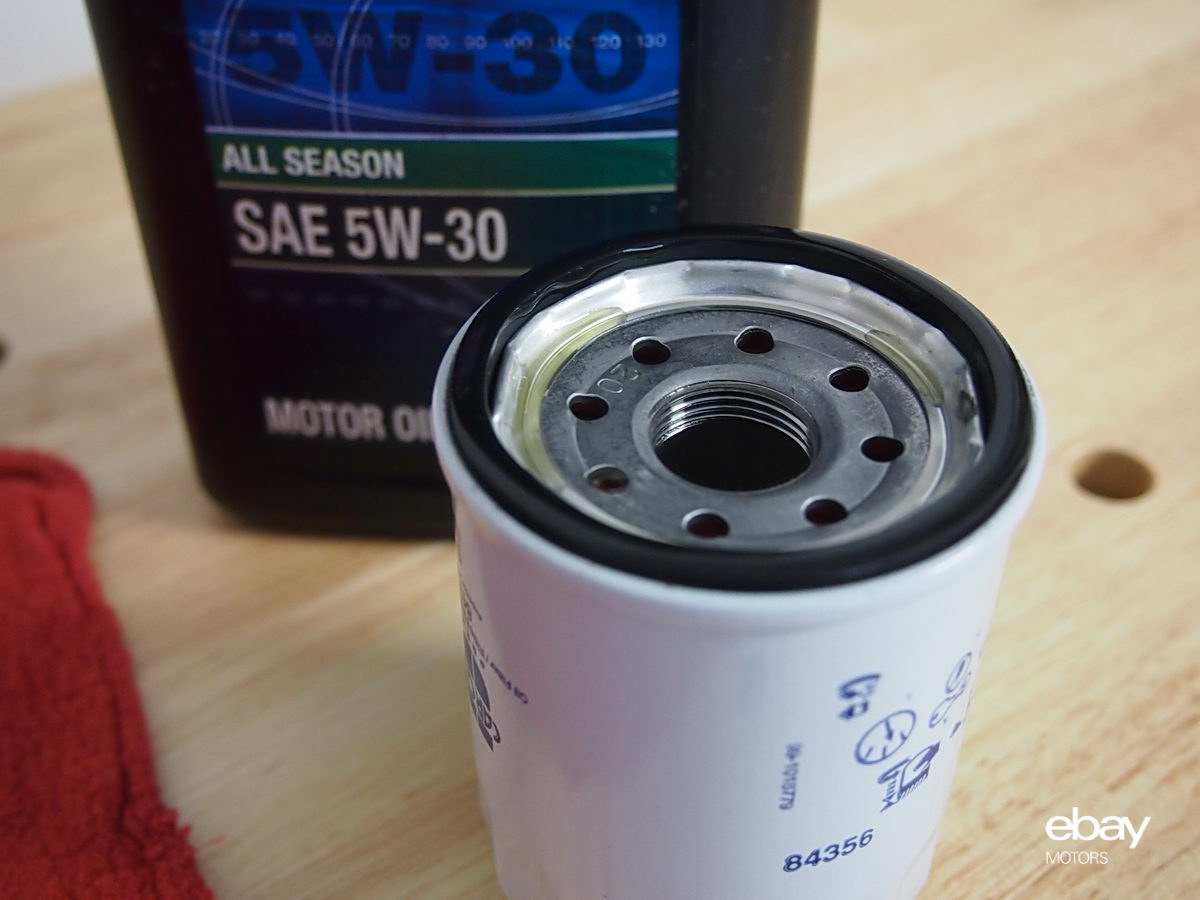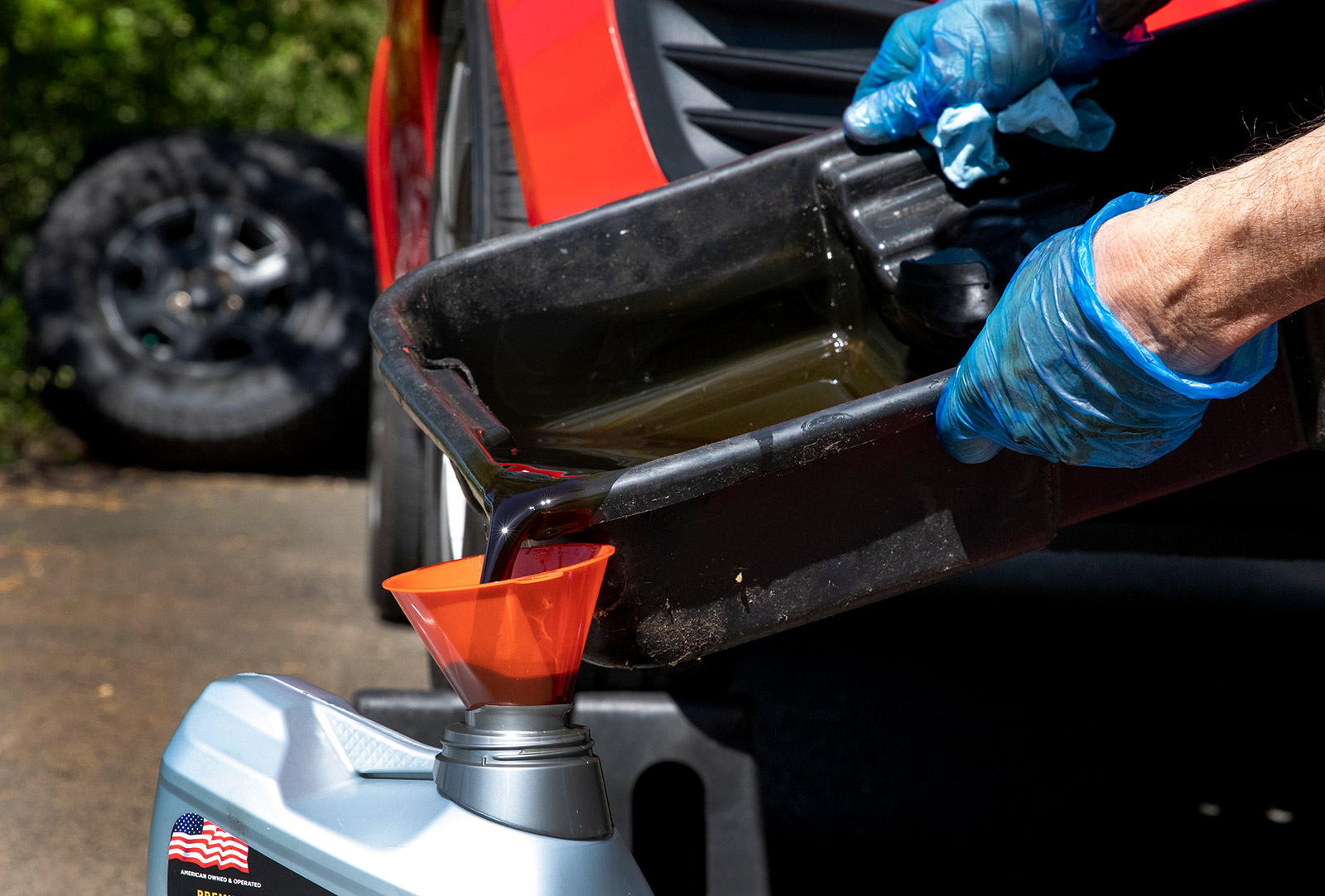Changing a car’s oil prolongs engine life. That might be common knowledge, but many owners neglect the essential task of changing engine oil every 10,000 to 15,000 miles or every six months. You might ask, “What the harm?”
- Oil gets contaminated with metal particles. Those particles suspended in the oil can scuff up the engine’s metal surfaces.
- Over time, oil additives lose their essential lubrication qualities—the slippery attribute that keeps metal parts running smoothly and not wearing out.
Considering the importance of avoiding engine damage, how much time and money should you invest in oil changes? How long does an oil change take?
Of course, you could take your car to a dealership or quick-lube shop twice a year. Most shops will take an hour and charge as much as $100 for an oil change. However, it’s not difficult to get the job done yourself. That way, you’ll know it was done right. It starts with gathering the necessary tools and supplies.
Gather Tools and Supplies – 10 minutes
You will need the following items to complete an oil change:
- Car ramps or jack stands to raise the car for accessing the oil drain plug.
- Oil based on manufacturer recommendations for type and quantity.
- Oil filter matching existing oil filter.
- New crush washer (with a metal lip) for drain plug, if your car is so equipped
- Drain pan to collect used oil.
- Wrenches (or sockets and ratchet) to remove the drain plug and filter.
- Oil filter wrench or cap to remove the oil filter.
- Funnel to help pour the oil into the engine.
- Shop rags and nitrile gloves to keep things clean and tidy.
Drain the Oil – 10 minutes
Start with a completely cold car (that hasn’t been driven for an hour or longer). Then locate the oil filter, dipstick, oil fill cap, and drain plug. Start the car and let it run for one minute—but not longer. With a slightly warmed engine, any sediment will be suspended in the warm oil. Now don a pair of disposable nitrile gloves.
For some cars, you might be able to reach the oil filter and oil drain plug without lifting the front end. However, driving a vehicle onto a pair of car ramps is usually easier. Or you can use a floor jack to raise the front of the car. Of course, you must put sturdy jack stands under the front of the frame.
- Locate the oil drain plug and loosen it slightly with the appropriate wrench or socket.
- Place the oil drain pan under the pathway that the oil will drain out.
- Completely remove the drain plug and be prepared for the warm oil to gush out.
- Let the oil continue to drain out until the flow of fluid stops.
Remove the Old Oil Filter – 3 minutes
The next step is to locate the oil filter. Some manufacturers make the oil filter easily accessible from the top of the engine. Most filters have a fluted top that matches a specific oil filter cap. The flutes vary by the make and size of the filter. Match the correct oil filter cap to the filter, and use a ratchet or wrench on the protruding end of the cap to unscrew the filter. A protruding square piece is on the top of the cap. Use a wrench on the cap or insert a ratchet into the squared-off protrusion to remove the filter.
Or you can place an oil filter wrench around the filter. Remove the filter, knowing that some oil might remain. Carefully place the filter in the oil drain pan. Use a shop towel to clean the metal surface around the oil filter site.
Install a New Oil Filter – 2 minutes
Place a few drops of oil on the rubber gasket. Rub the oil along the whole gasket to lubricate it and ensure it seals properly. Place the new filter on the protruding threaded stud and twist the new filter onto the engine so it’s finger-tight. Use the filter wrench or cap to tighten an additional three-quarters of a turn.
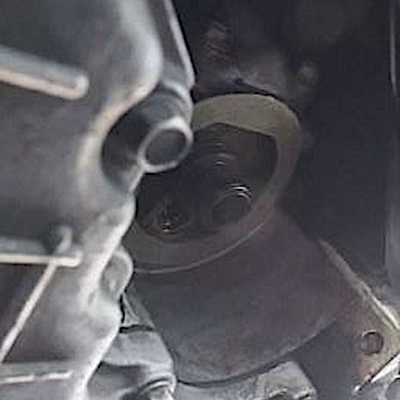
Add Oil – 5 minutes
Remove the oil filler cap. Use a funnel and add the required amount of oil to the engine. Check for any leaks. Start the car and let it idle for 30 seconds. Stop the car and again check for leaks. Remove the drain pan from under the vehicle.
Take the car off the jack stands or car ramps and leave it on a level surface.
Use the oil dipstick or dashboard oil-level monitor to confirm you have enough oil in the engine. (Hint: The oil filter absorbs some oil, so you might see the need to add a half quart. Don’t be alarmed.)
Clean Up – 5 minutes
Pour the used oil into empty oil containers. Take the used oil to your local auto parts store or recycling center for proper disposal. Discard the used shop towels.
Add up all these steps, and you can expect to spend 35 to 45 minutes for an oil change. Of course, with practice, it will take even less time.

